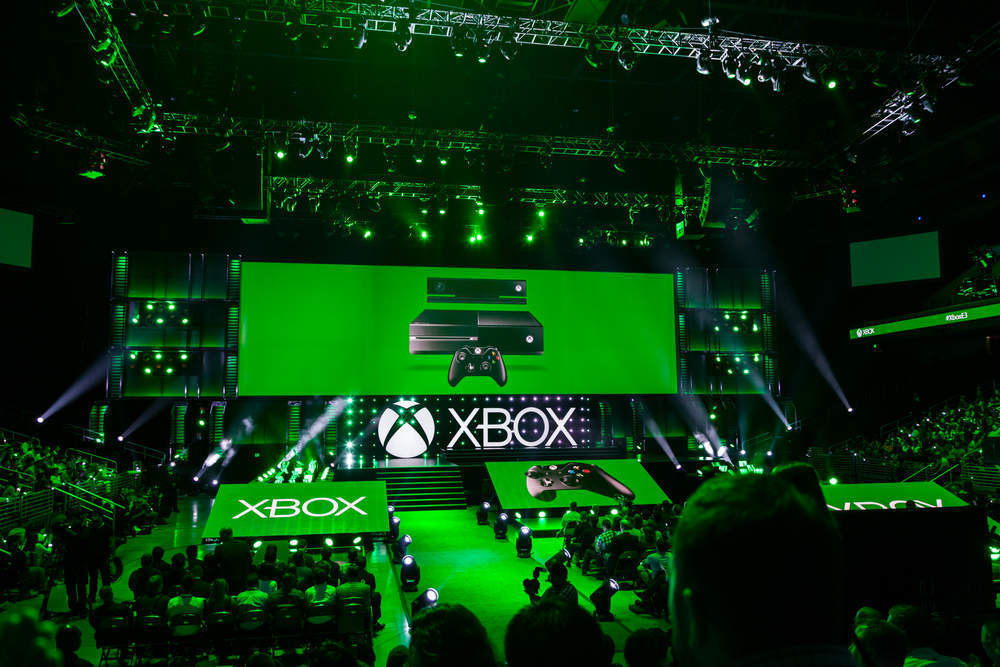The Xbox’s Kinect sensor was initially heralded as a game changer for the console. But, aside from the success of the Nintendo Wii, motion controls mostly fell by the wayside as gamers decided the technology’s application didn’t quite match its ambition.
Outside of the gaming space, there were more encouraging signs that Kinect was more than just a way to convert frantic hand waving to on-screen lightsaber combat.
Facilitating controller-less inputs, the Kinect has embedded enhanced movement tracking within the device itself.
Whilst lacking the fidelity demanded by gamers, it’s still impressive and incredibly accessible to researchers and start-ups as a consumer device with a price point to match.
The device has been adopted by projects in the healthcare sector. Lacking handheld peripherals, it has obvious applications in sterile environments such as operating theatres.
Companies like GestSure allow a hygienic way for medical professionals to use computers without risking contamination.

US Tariffs are shifting - will you react or anticipate?
Don’t let policy changes catch you off guard. Stay proactive with real-time data and expert analysis.
By GlobalDataThe healthcare sector has also keen to use the technology to unobtrusively capture data on physical therapy and fitness exercises remotely and without patients having to record how they get on with rehabilitation.
Microsoft has far greater ambitions for its gaming device, which is no longer produced to serve its first audience.
At its annual developer conference, Microsoft chief executive Satya Nadella announced Project Kinect for Azure.
This will allow those developing applications on Microsoft’s popular cloud computing service to apply the platforms advanced artificial intelligence capabilities to the equally complex computer vision process endemic on the Kinect.
With the latest developments to now fourth-generation Kinect, the motion tracking camera not only has further enhancements to depth perception but also has very low power requirements ranging from 225-950 megawatts, ensuring devices can remain operating in the wild.
This is crucial for the Internet of Things (IoT), which, whilst demanding the enhanced computing capabilities supported by Azure and other cloud computing platforms, project managers will also be reassured that sensors will continue to operate for many years without the threat of running out of juice.
Next generation IoT solutions will be enhanced by smart embedded processes such as those facilitated by the Kinect sensor and augmented computing capabilities, including cloud, edge, machine learning and AI.
Whilst it might have failed with gamers, Microsoft’s investment in augmented reality hardware such as the Kinect has meant that IoT developers will now have access to advanced capabilities available at a reasonable consumer price.








